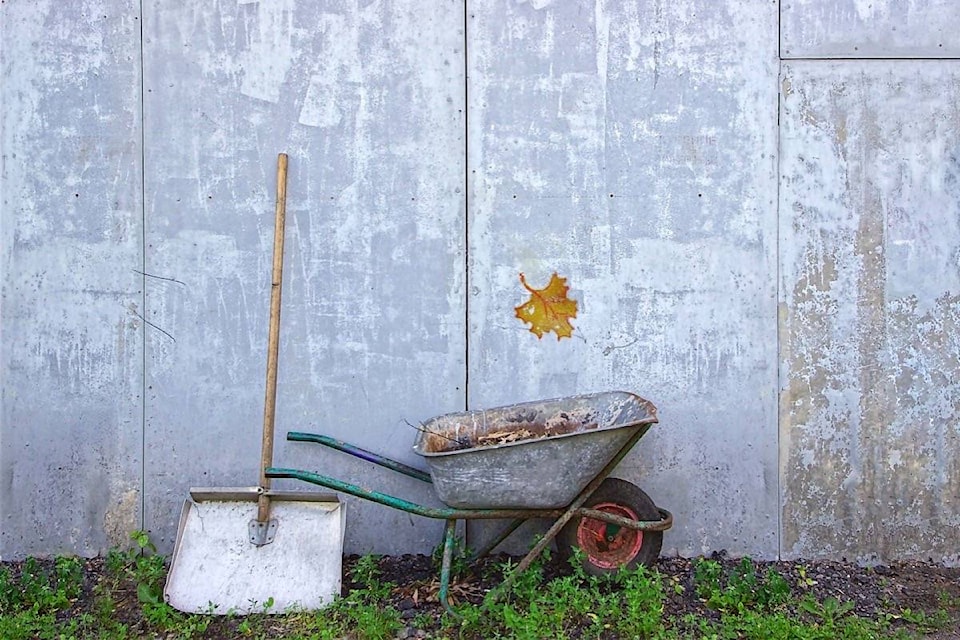By Dr. Catherine Tarasoff
It may be hard to believe, but August is nearly over! After harvests are done we can all relax, right?
Actually, there is a group of weeds called winter annuals. These weeds germinate in the fall, overwinter as young seedlings, and grow quickly in the spring.
You’ve likely noticed how henbit, chickweed, and deadnettle seem to flower overnight; these are all examples of winter annuals.
Whether you are managing a backyard vegetable garden or a large scale farm, fall cover cropping is a terrific way to provide competition against winter annuals, increase soil organic matter, and prevent soil compaction and erosion; it can even fix nitrogen to give next year’s summer crop an added boost!
How does cover cropping work? When we leave the soil barren in the fall, through the winter, and even into late spring, we provide an open door for wind borne weed seeds to settle and grow unhindered. Planting a fall cover crop will protect the site from weed establishment and provide a natural fertilizer and food source, the following spring, for all the microorganisms that are so critical for healthy plant growth.
Also, barren soil is prone to erosion and soil compaction. When heavy rains occur in the fall and spring, excess water flows over the surface, eroding the precious soil that took up to 100 years to develop.
A cover crop will absorb the impact of rain droplets and allow the water to infiltrate into the soil, building soil moisture reserves for next season. Then, in the spring, when the roots of the cover crop rot, tiny tunnels will form in the soil, increasing water infiltration, reducing soil compaction, and offering spaces for oxygen and nutrients to collect.
Sound too good to be true? Well, it isn’t. But time is of the essence! Most cover crops are sown within the Thompson-Nicola Regional District in late August/September. The sooner you seed a cover crop, the longer the soil will be able to reap the benefits. Local agricultural suppliers and nurseries can help you with selecting the best combination of cover crop plants to suit your gardening or farming needs.
It’s fun to experiment with different combinations of cover crops, and you’ll quickly find your favourite. You will be amazed at how your garden flourishes with the addition of these unsung heroes!
Garden tip: Be “PlantWise” and “Know What you Grow”. Check out the “Grow Me Instead” booklet available at www.bcinvasives.ca. This booklet includes 26 of BC’s most “unwanted” horticultural plants and recommends non-invasive alternatives you can plant instead.
Good luck and happy gardening!
Dr. Catherine Tarasoff is the Education and Outreach Coordinator for the Thompson-Nicola Invasive Plant Management Committee (on Facebook at TNIPMC). Look for more resources at www.tnipmc.com.
editorial@accjournal.ca
Like us on Facebook and follow us on Twitter
